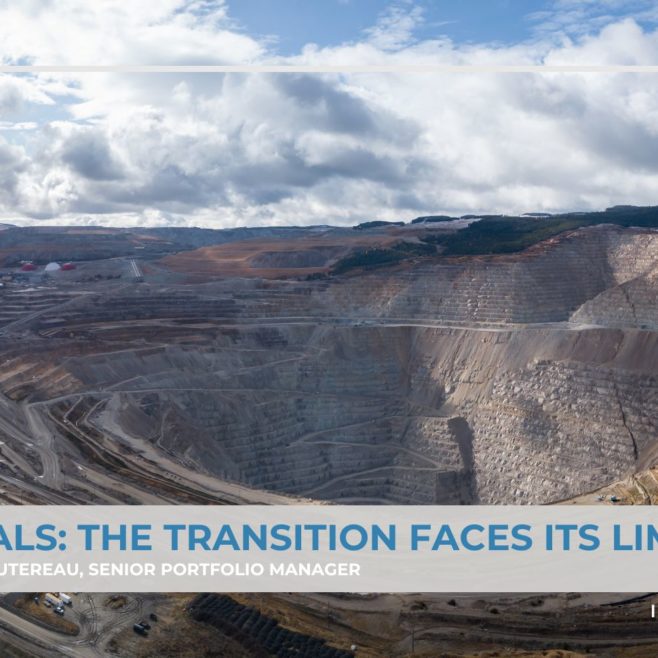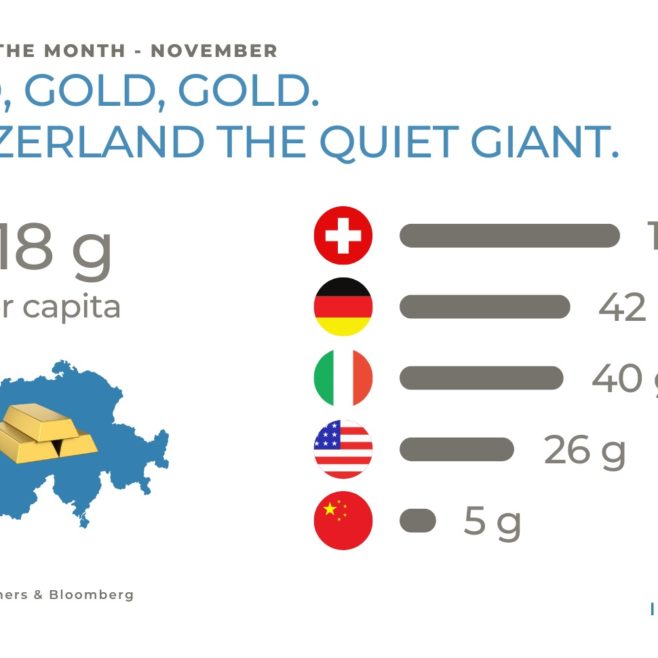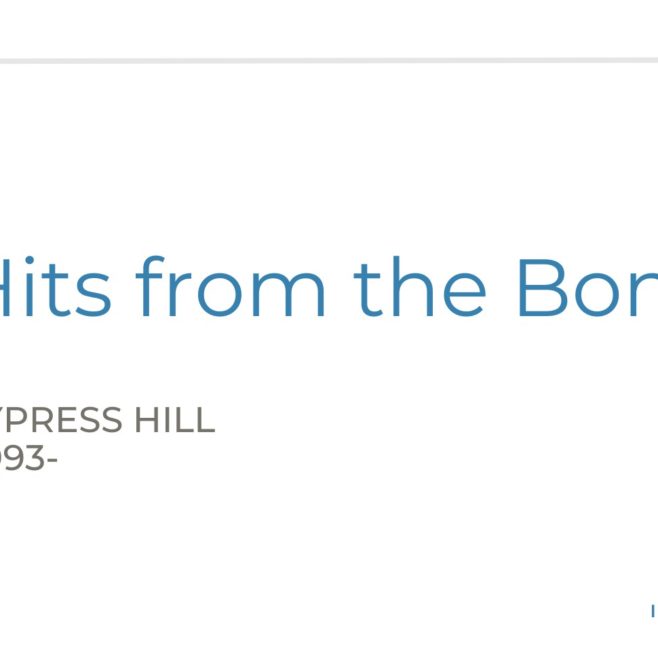
Chart of the Month – Time to reassess market risks

Time to reassess market risks

During this period, the VIX index, which measures the implied volatility for the S&P 500 index spiked above the 65 level. This marked the third-highest peak in its history surpassed only by the collapse of Lehman Brothers in October 2008 and the COVID-19 pandemic outbreak in March 2020. However, the circumstances of early August were far less severe than those historic crises. So, what drove such extreme market behavior?
When we witness such dramatic volatility, it’s rarely attributable to a single factor. The initial catalyst in this case was a release of US employment data that significantly undershot expectations, reigniting fears of a deeper economic slowdown in the United States. This led to a sharp decline in equity markets and a corresponding rise in the VIX, though the movement at this stage was not yet alarming. Almost simultaneously, the Bank of Japan announced a 15bps rate hike, exceeding market expectations. Both news combined triggered one of the most intense carry trade unwinding in history.
As we can see on the chart, the Nikkei index literally plunged, and the Yen surged. The S&P 500 index also corrected significantly but the VIX index spiked far more in comparison to the spot price.
The market is far more nervous than at the beginning of the year. It is clear that developed market central banks – at the exception of Japan – will cut rates to face a sharper economic slowdown but the market’s depth has been reduced.
Key considerations moving forward include:
- NVIDIA’s Growth Trajectory: NVIDIA’s exponential rise may continue to satisfy the gigantic CAPEX from the US Tech giants, but the probability of disappointing investors is also higher now.
- India’s Valuations: India is seeing its promising growth confirmed, but it’s also reasonable to think that the valuation of a lot of Indian stocks has become excessive.
- Geopolitical Risks: Geopolitical tensions may be on the downside in the near future, but nothing is certain, and the current risk premium does not seem particularly high.
This volatility spike highlights how technical factors can sometimes drive markets to the detriment of fundamentals. This end-of-summer period seems to be appropriate to reassess the risks we are willing to be exposed to in our portfolios and to adopt a diversified approach in terms of asset allocation.
Past performance is not indicative of future results. The views, strategies and financial instruments described in this document may not be suitable for all investors. Opinions expressed are current opinions as of date(s) appearing in this material only. References to market or composite indices, benchmarks or other measures of relative market performance over a specified period of time are provided for your information only. NS Partners provides no warranty and makes no representation of any kind whatsoever regarding the accuracy and completeness of any data, including financial market data, quotes, research notes or other financial instrument referred to in this document. This document does not constitute an offer or solicitation to any person in any jurisdiction in which such offer or solicitation is not authorized or to any person to whom it would be unlawful to make such offer or solicitation. Any reference in this document to specific securities and issuers are for illustrative purposes only, and should not be interpreted as recommendations to purchase or sell those securities. References in this document to investment funds that have not been registered with the FINMA cannot be distributed in or from Switzerland except to certain categories of eligible investors. Some of the entities of the NS Partners Group or its clients may hold a position in the financial instruments of any issuer discussed herein, or act as advisor to any such issuer. Additional information is available on request.
© NS Partners Group





